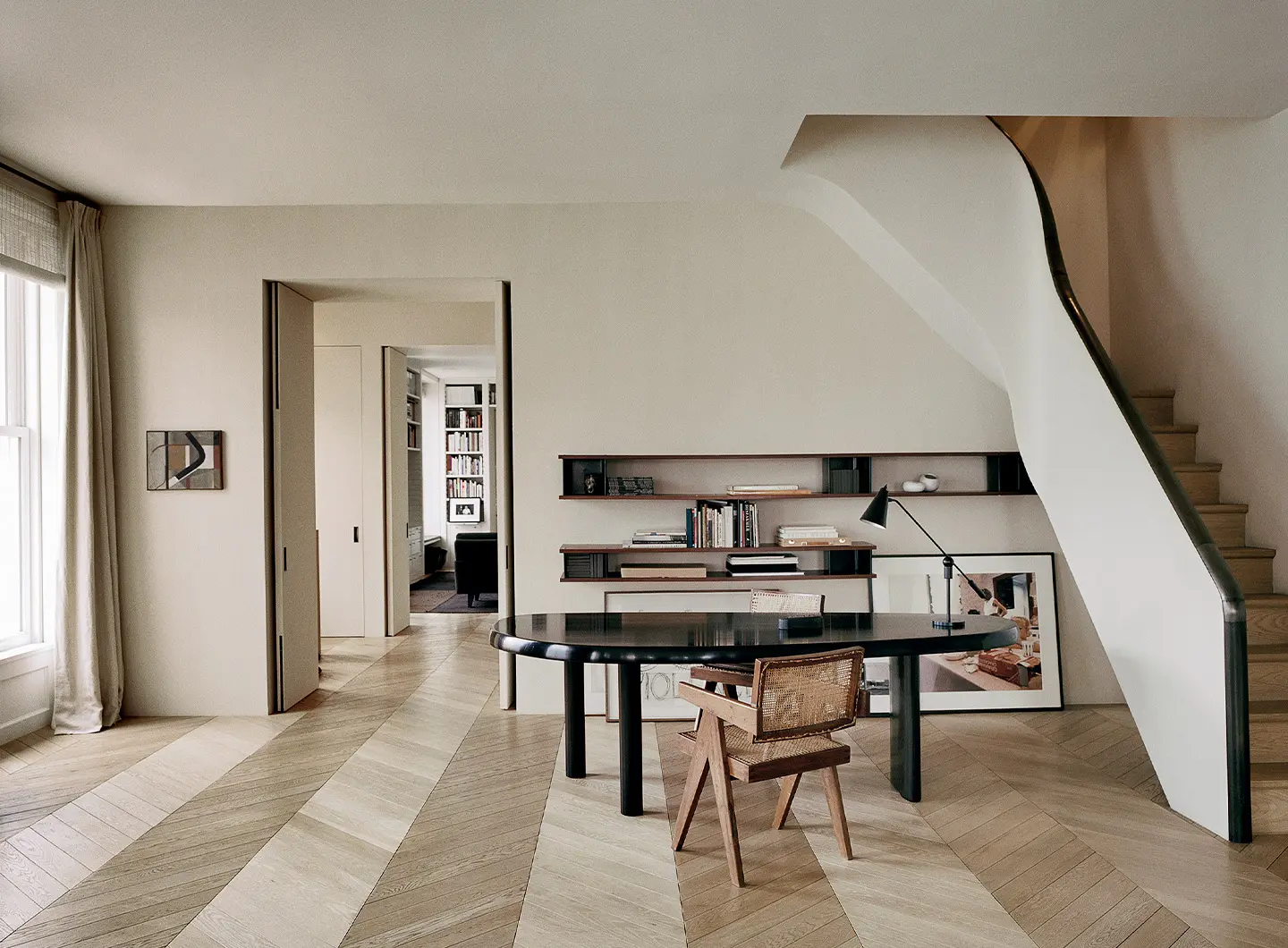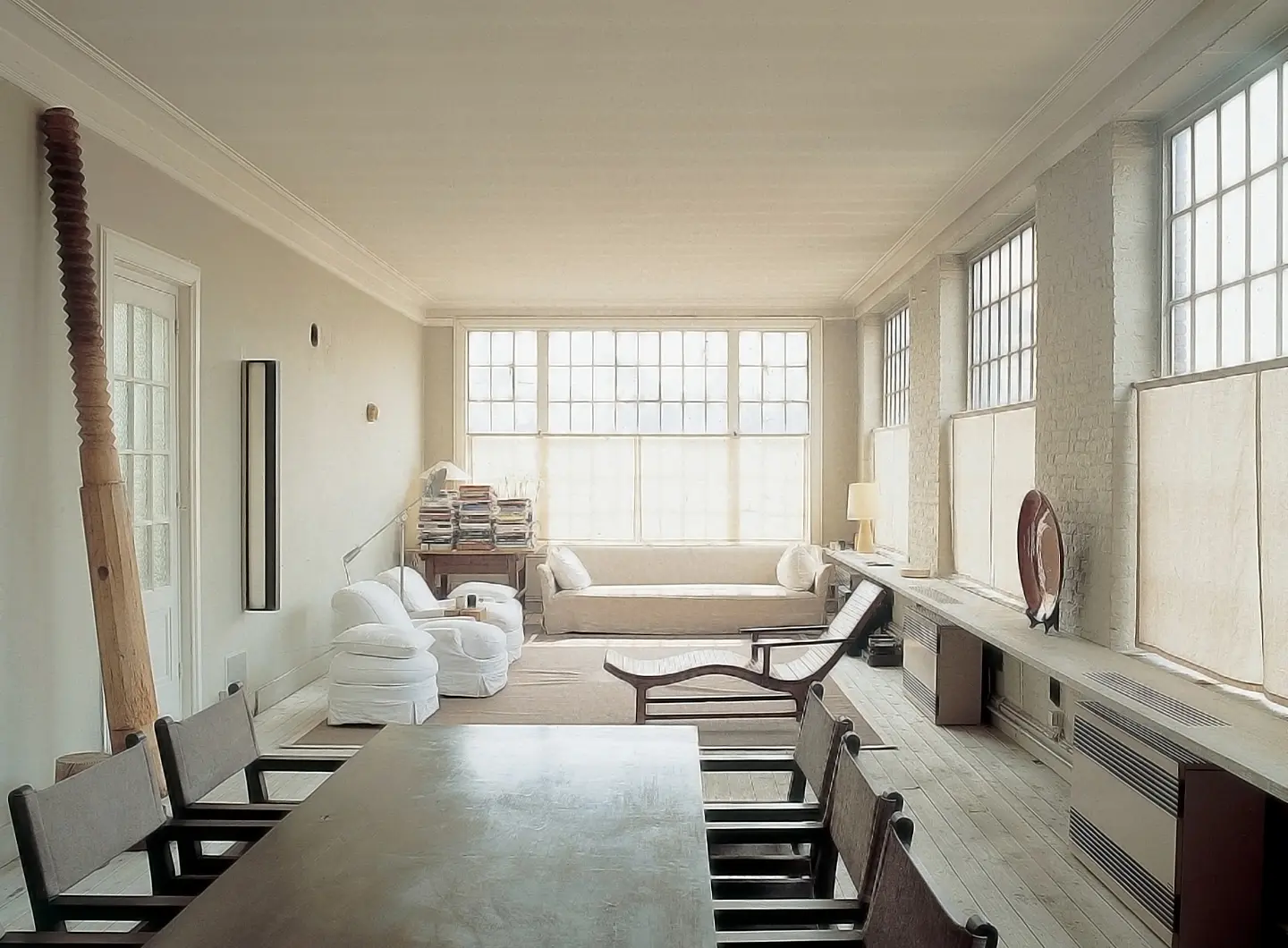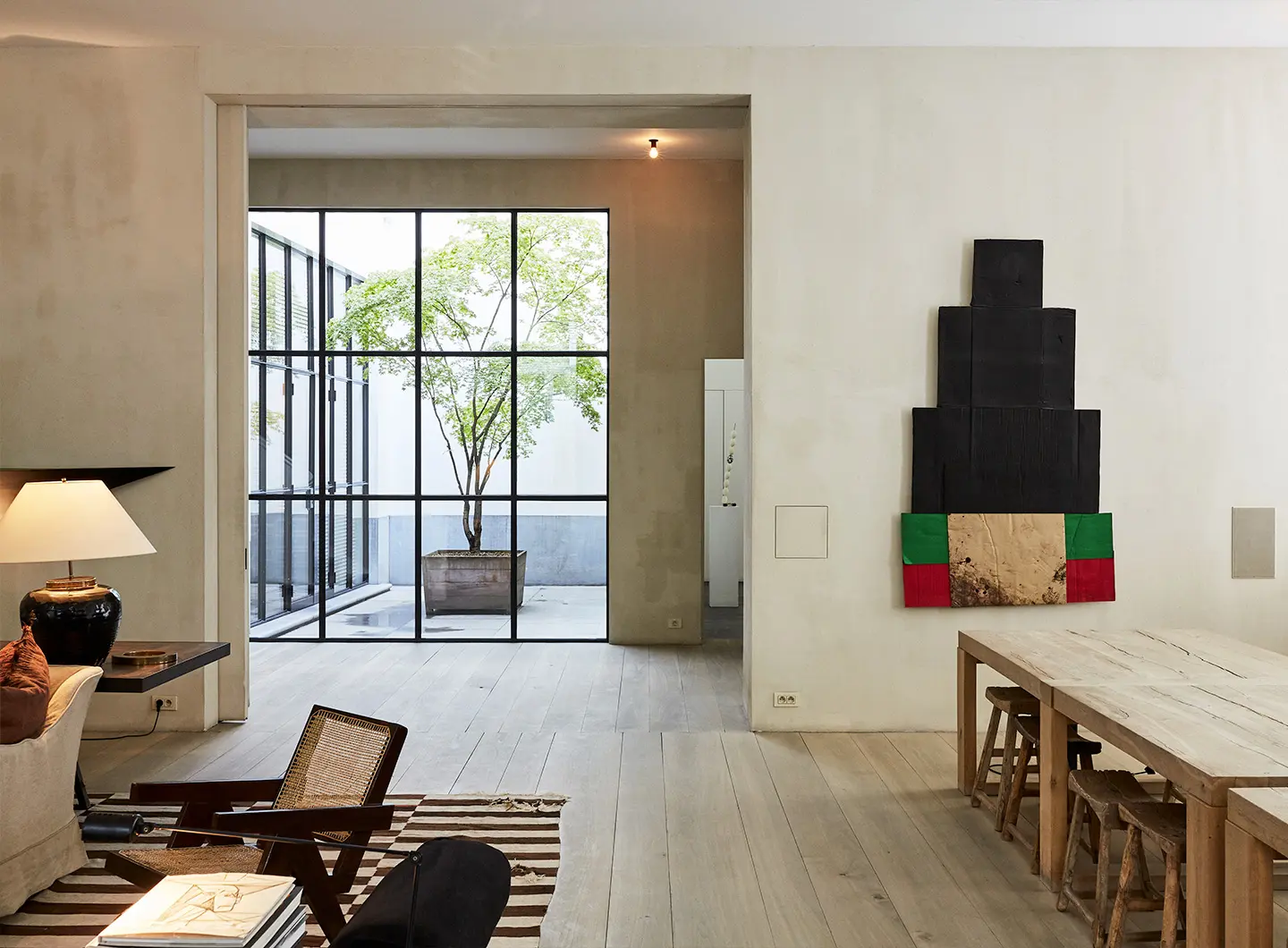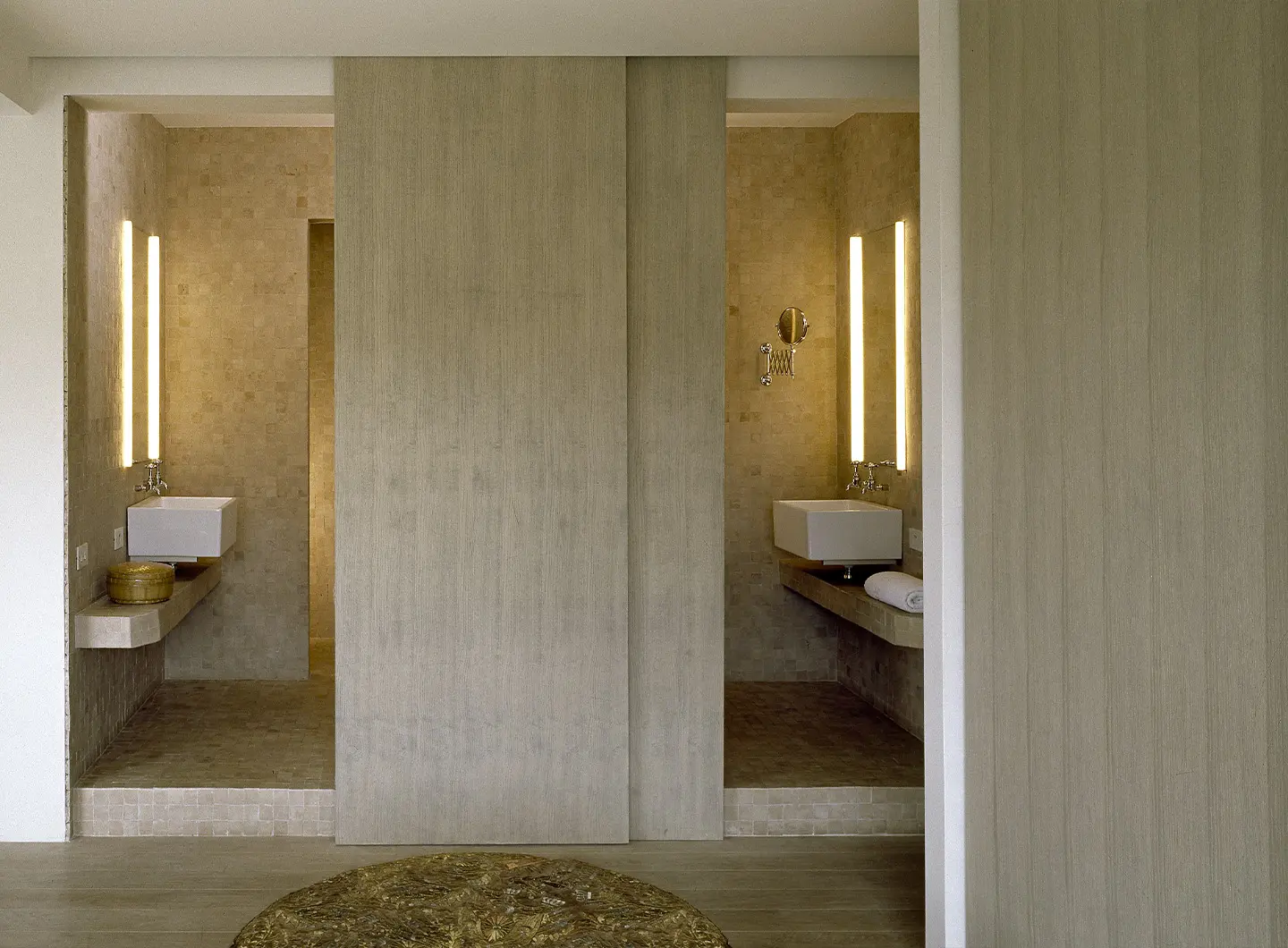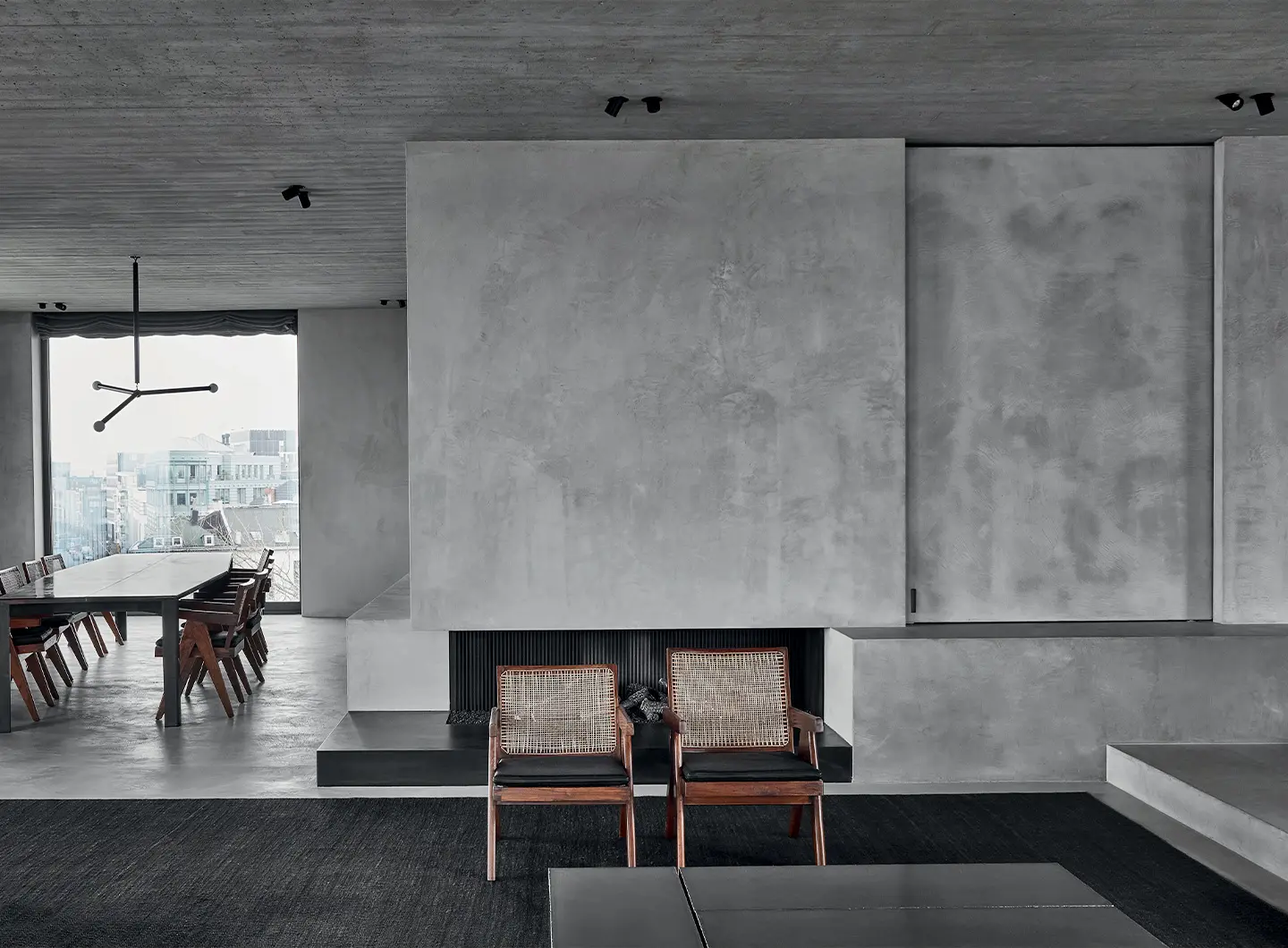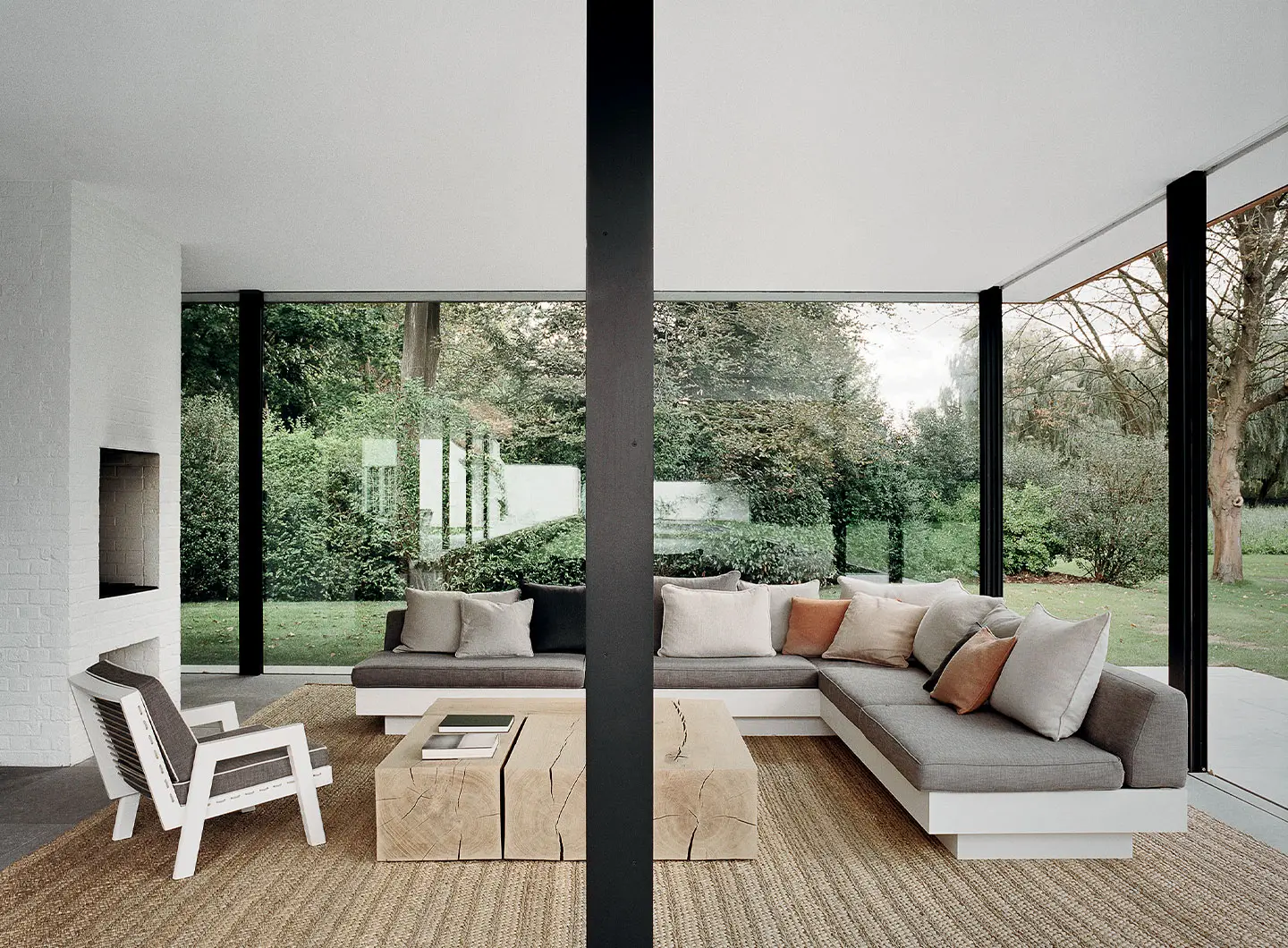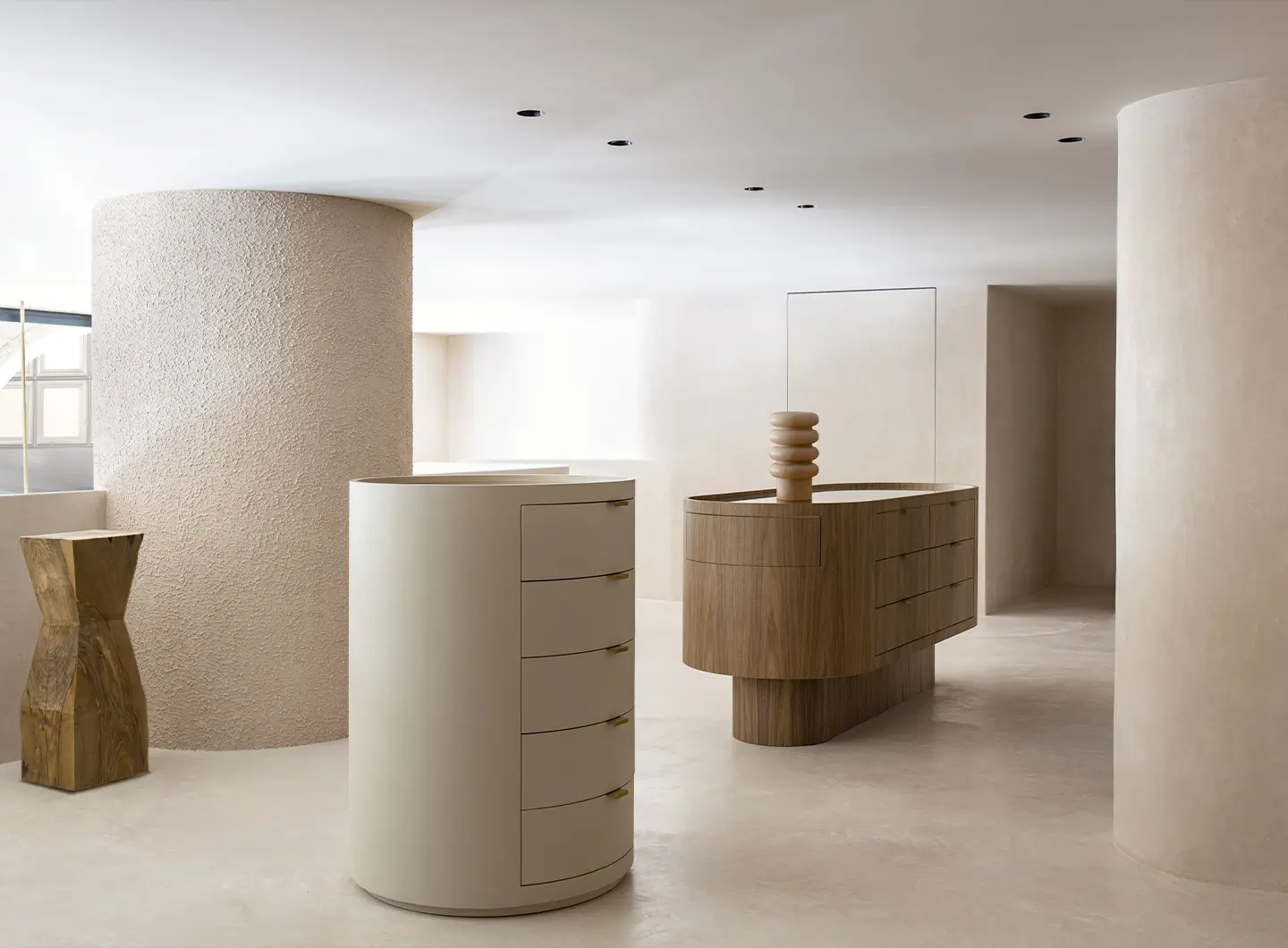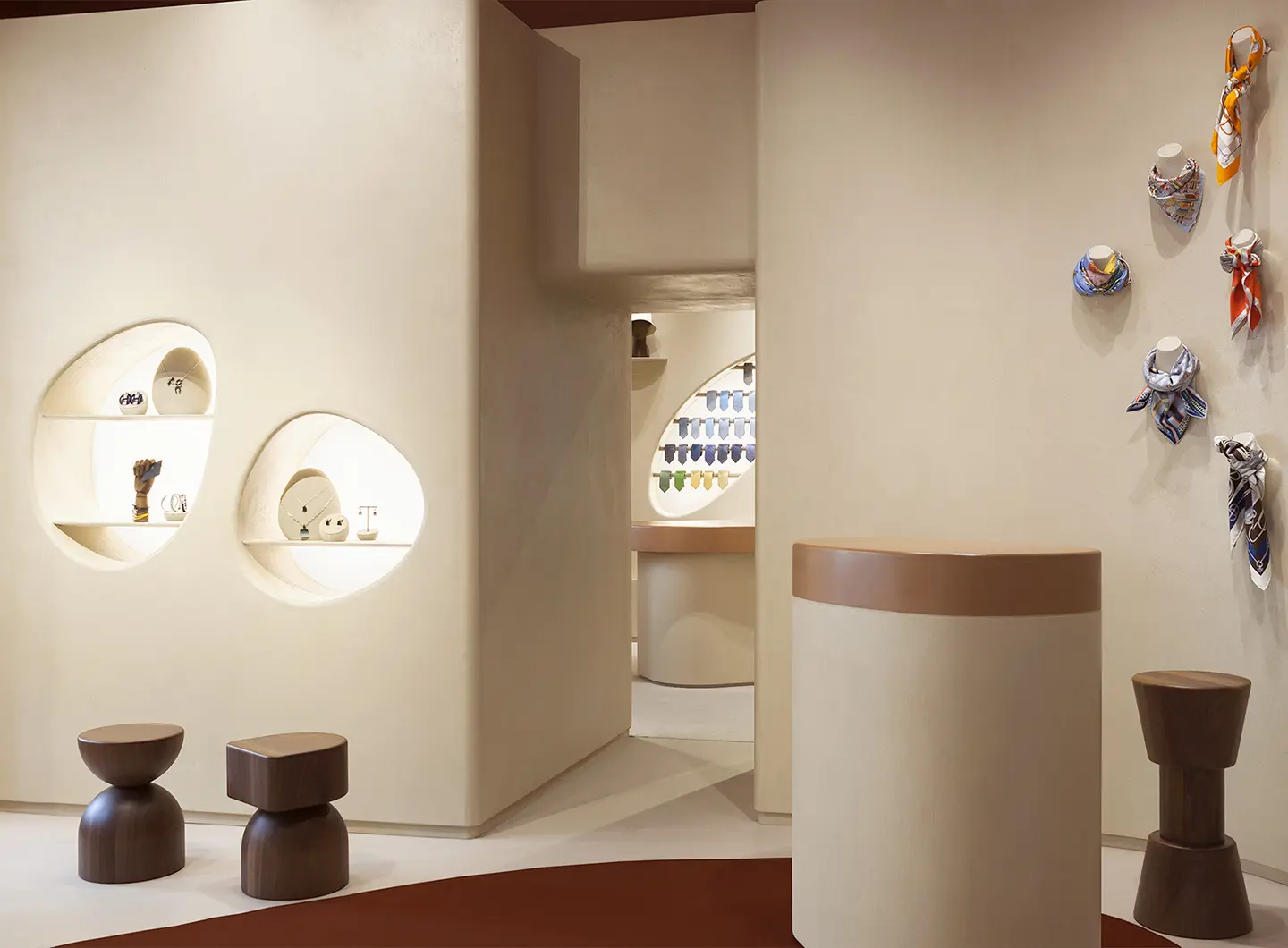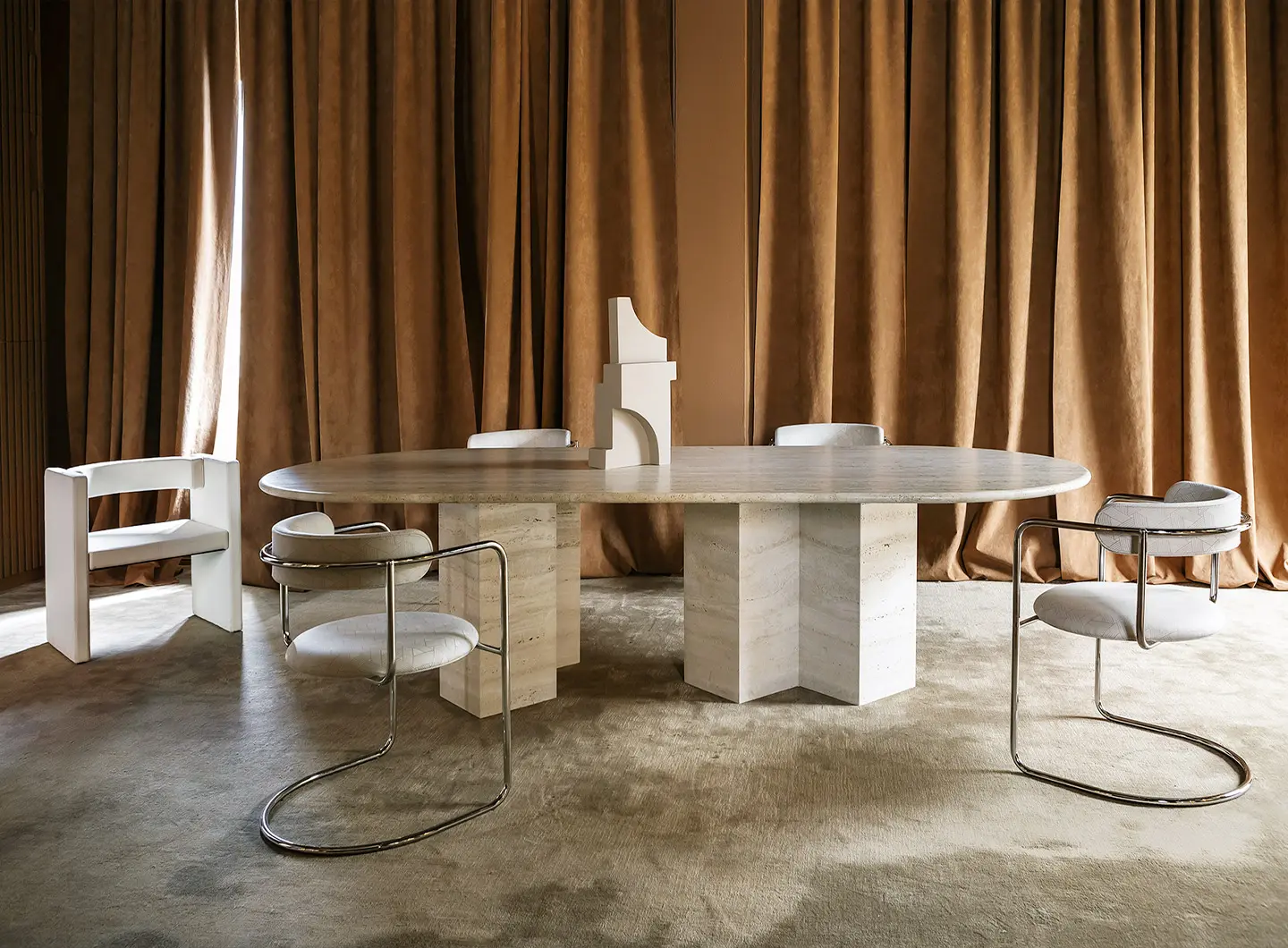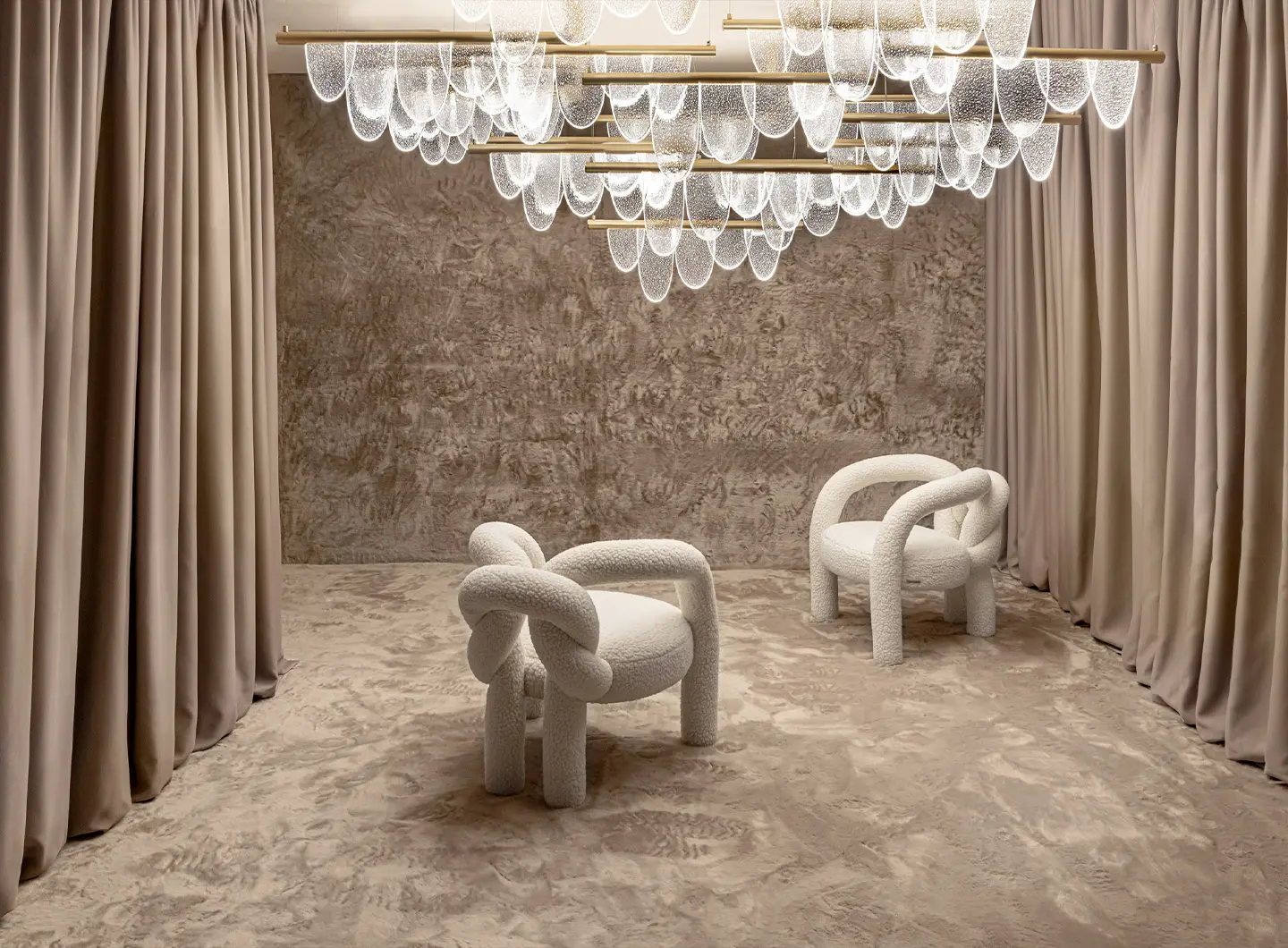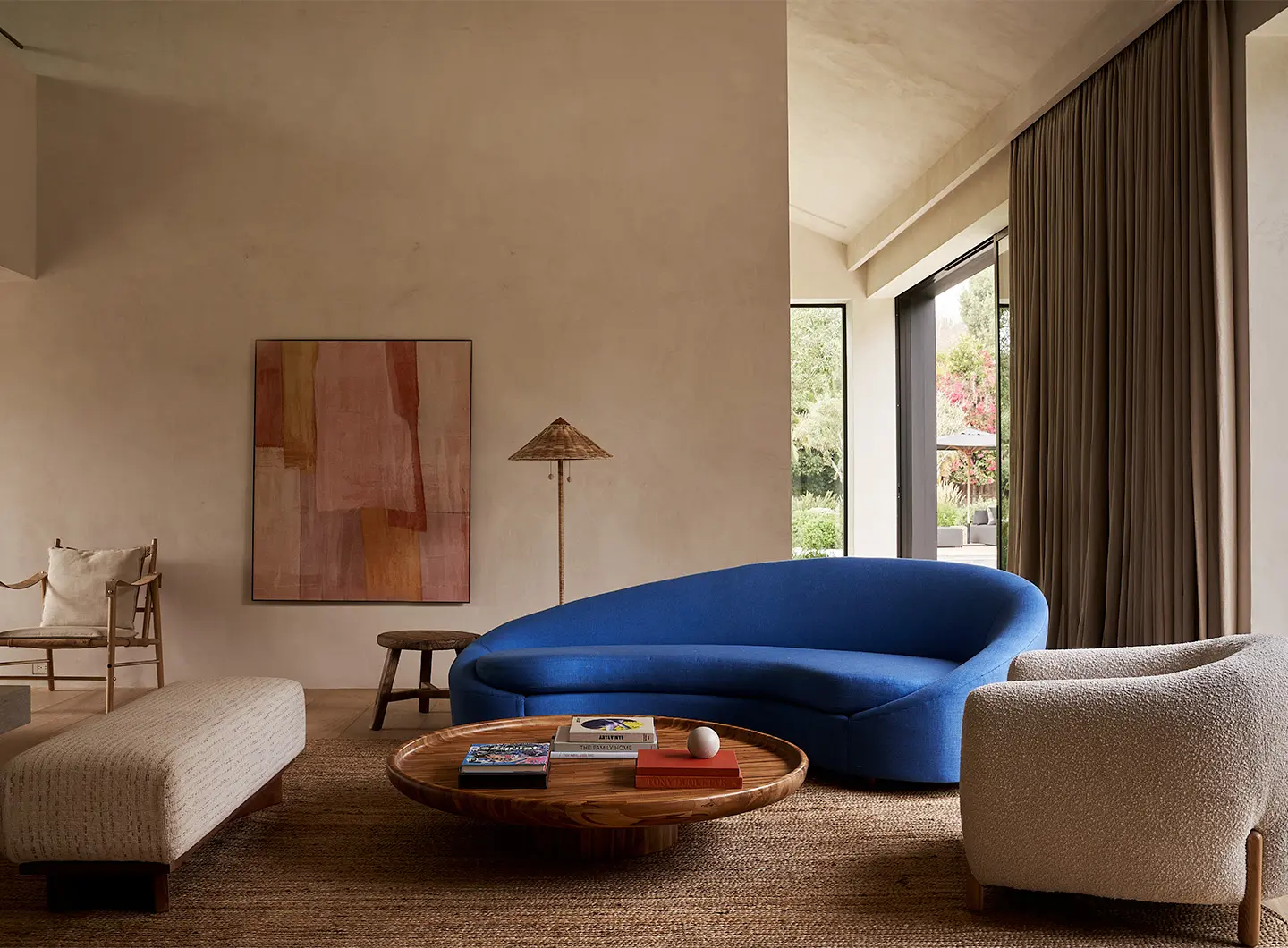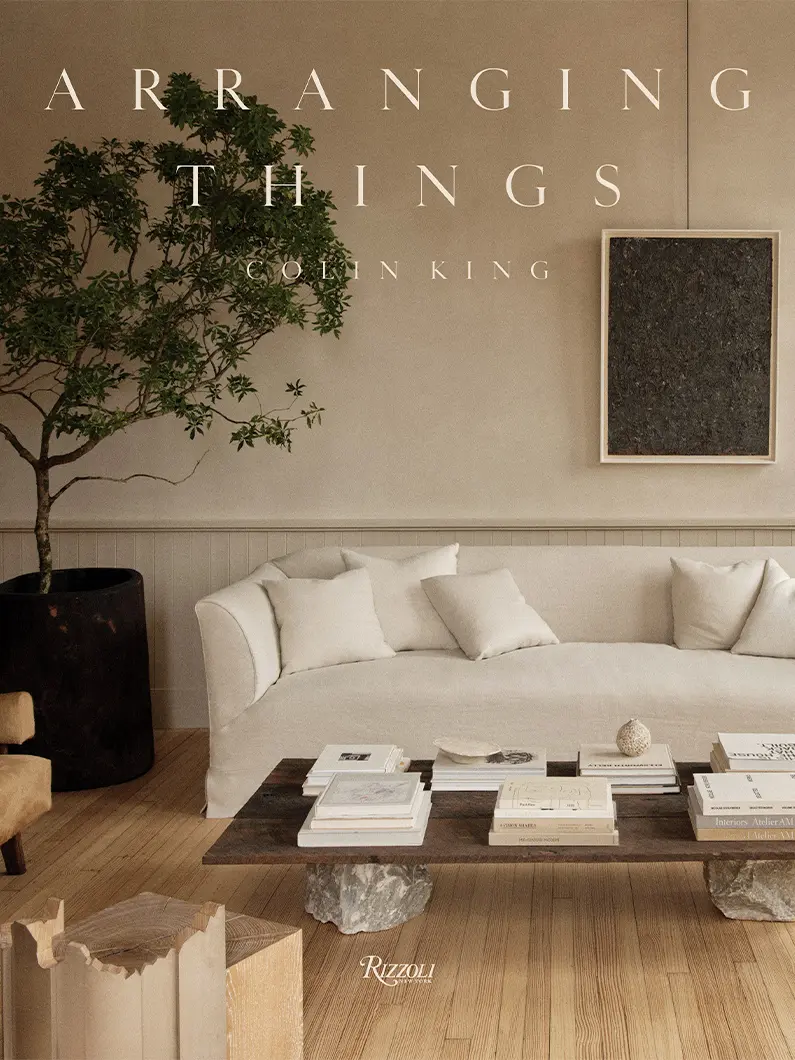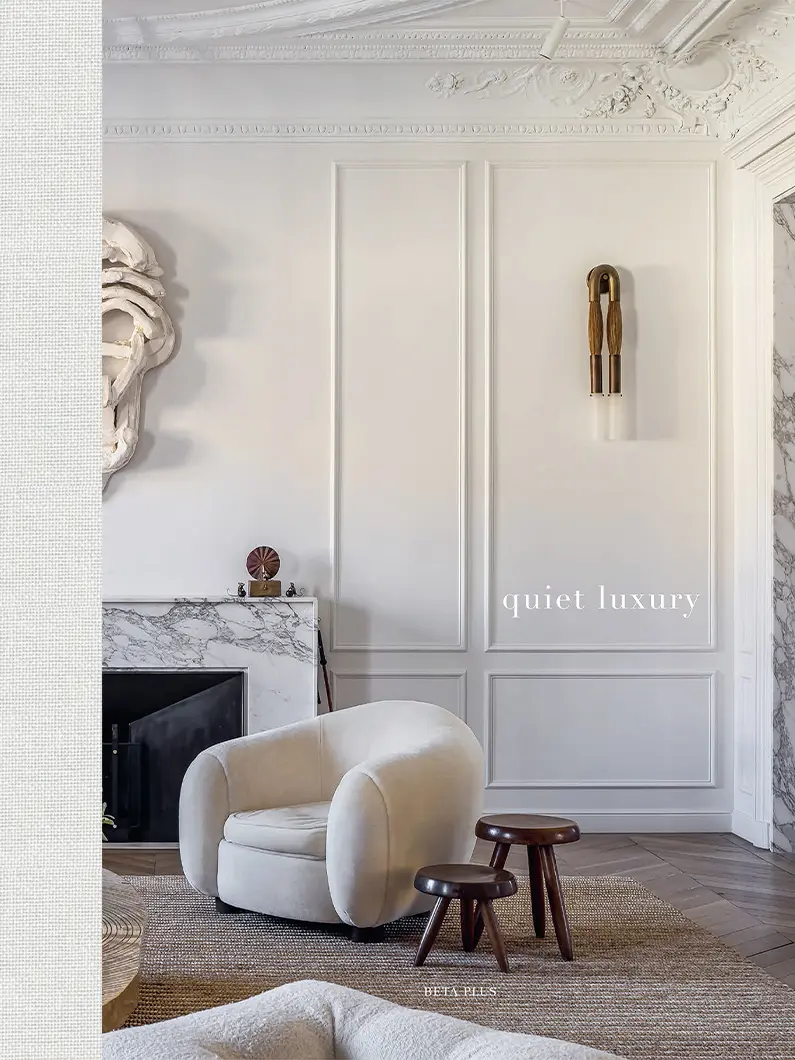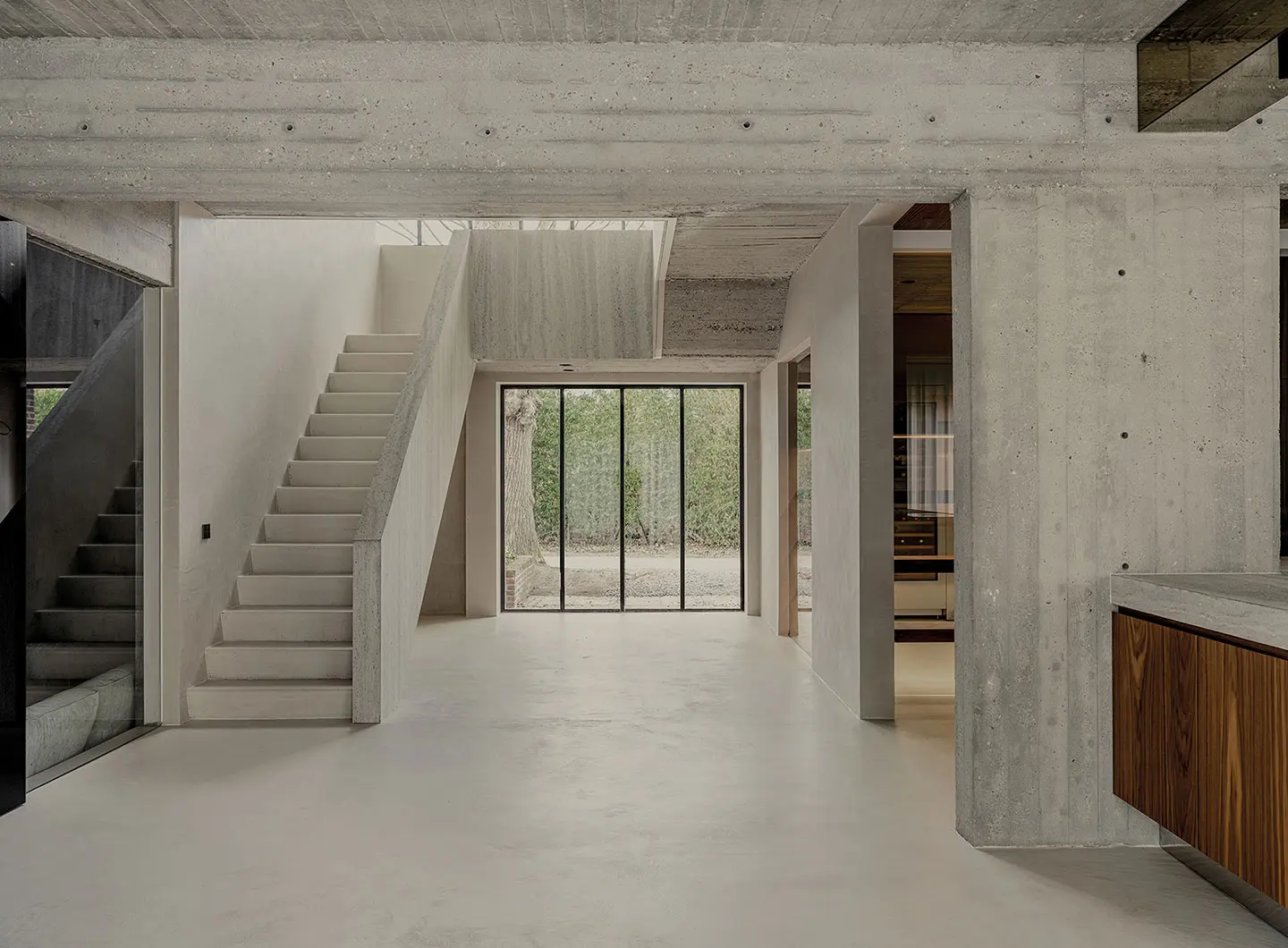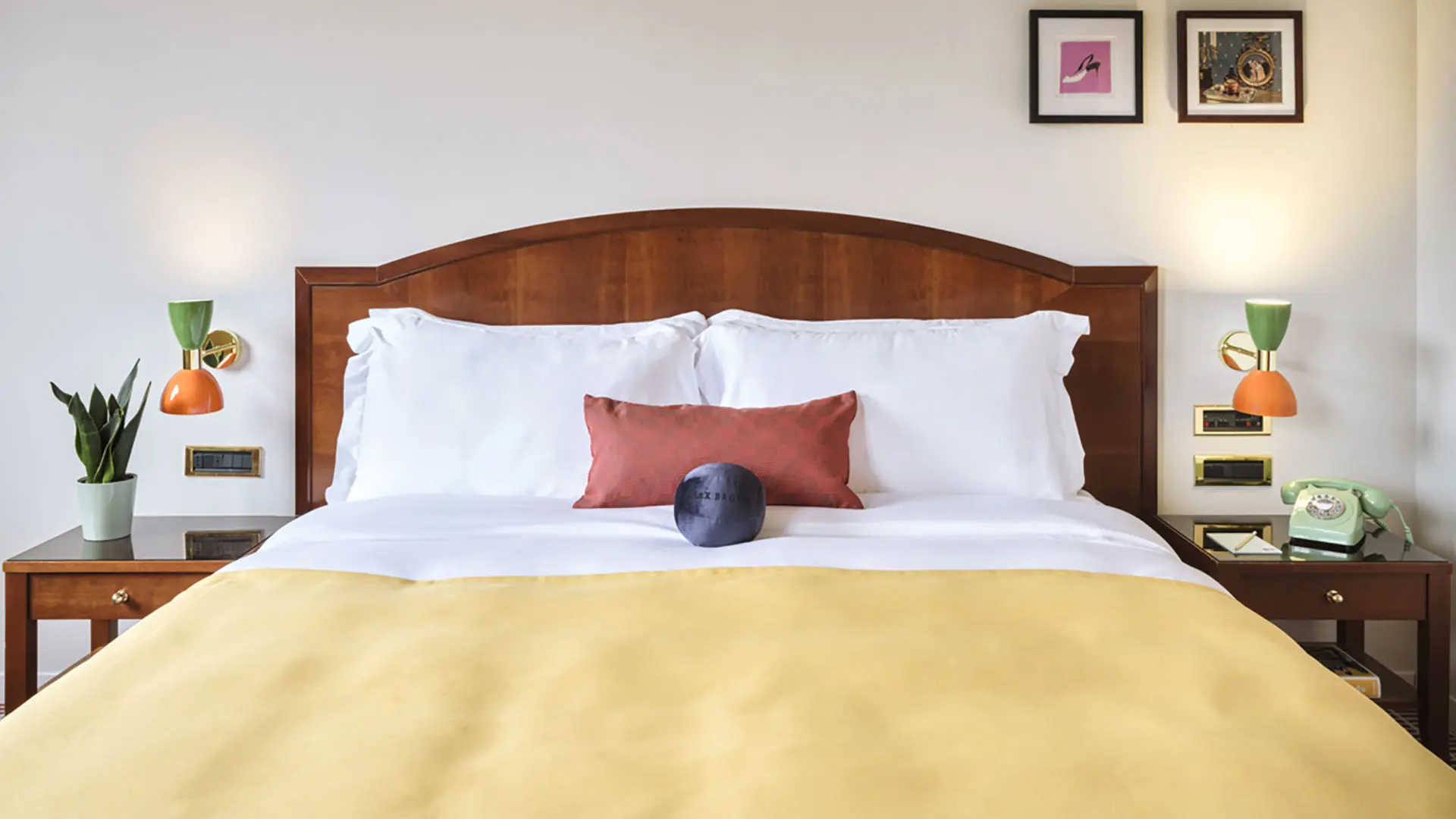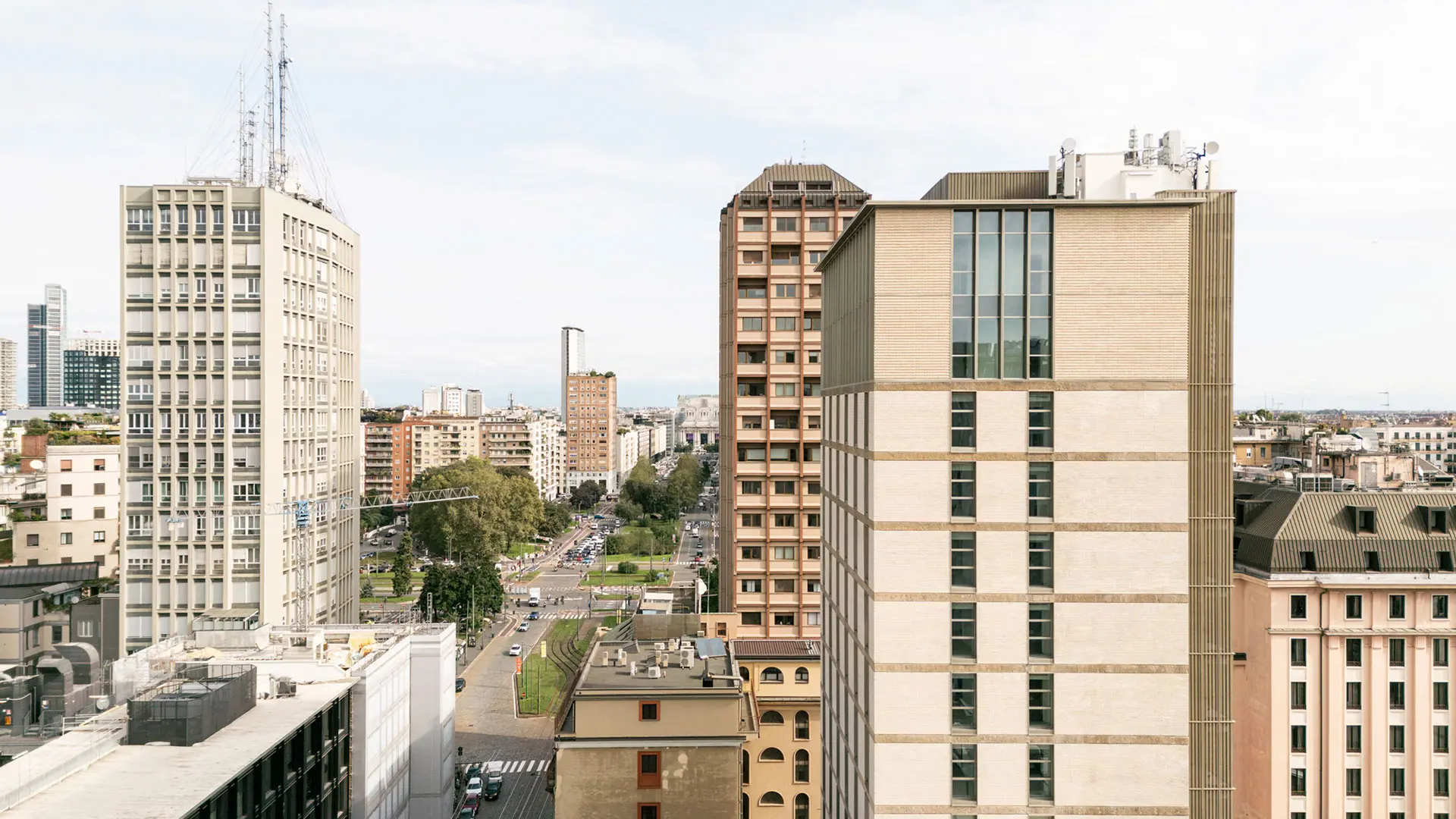In partnership with MiCodmc, a selection of establishments ripe for discovery during the 63rd edition of the Salone del Mobile.Milano, from 8th to 13th April
Quiet luxury: an impression of discreet luxury, also in design
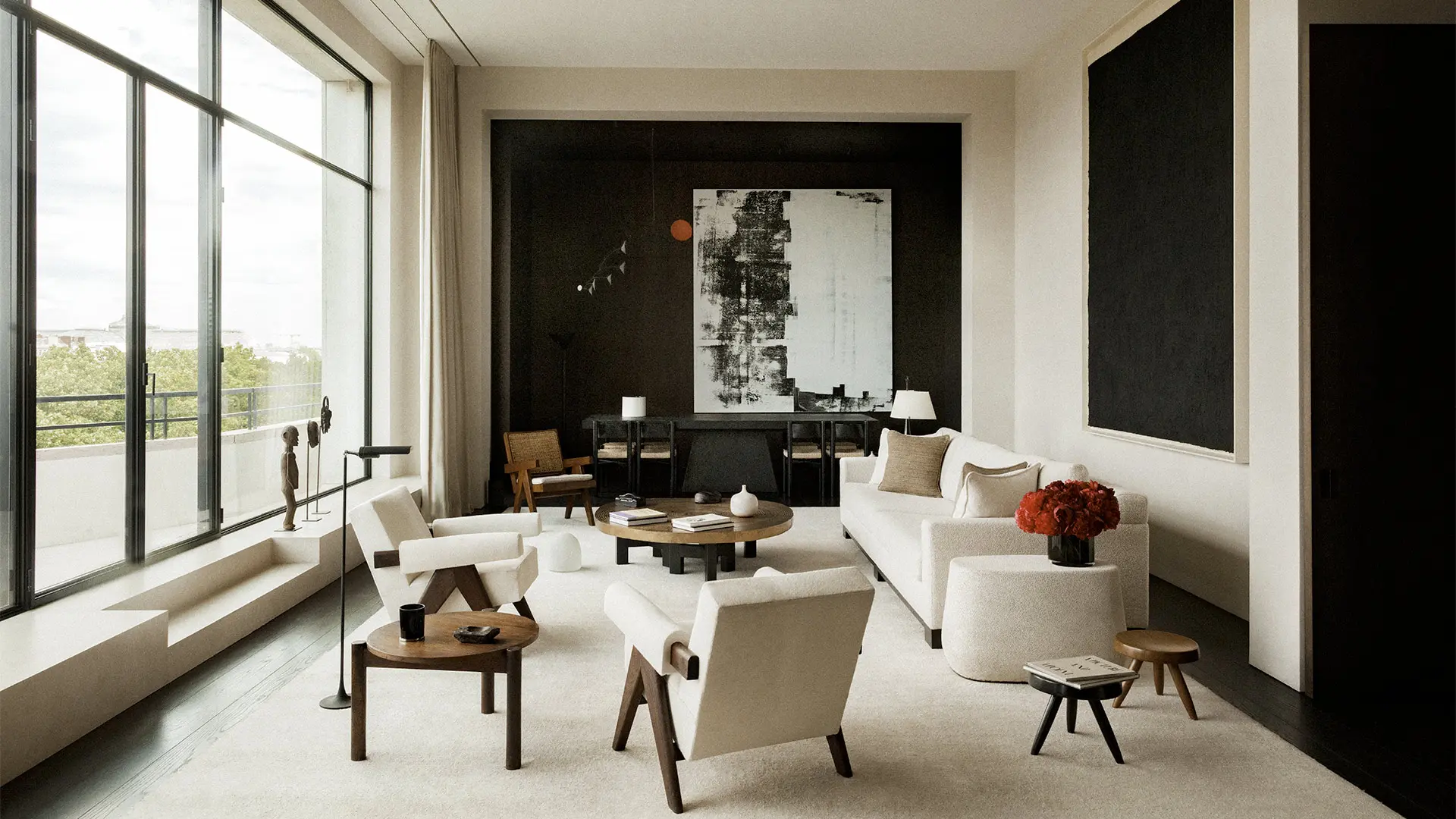
Vincent Van Duysen, RE Residence, Paris, 2022 - Ph. Matthieu Salvaing
Quality, sobriety, no ostentation. A trend that starts in fashion and makes its way into the design industry. We discuss it with the designer Vincent Van Duysen, the design duo Studiopepe and the writers Wim Pawels and Colin King
The “absurdly capacious” bag that features in the first episode of the latest season of the series Succession has, in no time at all, become a social catchphrase, a meme, a warning. The story goes like this. One of the protagonists, Greg, turns up at the birthday party for the entertainment magnate Logan Roy, accompanied by a heavily loaded girl, which prompts scathing remarks from Logan’s son-in-law, Tom. “What’s even in there?” Tom sneers. “Flat shoes for the subway? Her lunch pail? Come on Greg, it’s gargantuan. You could take it camping. You could slide it across the floor after a bank job.” The real problem, however, is the distinctive check print on the “capacious” bag, clearly instantly recognisable as a high-end brand. And an indication of price. Which is something Roy doesn’t do at home, one doesn’t draw attention, one is never ostentatious.
The principle of ‘quiet luxury’ – a trend that has blossomed in the fashion world over the last few years – is encapsulated in this scene. Then there’s the now famous phrase: ‘Money talks, wealth whispers.’ Rather like the social geography described by Truman Capote, in which it is the vegetables they serve at table: “the tiny ones” that distinguish the truly rich from the others. It goes without saying that wealth never goes out of fashion, but the ways of alluding to wealth change, constantly coming and going. At the moment, the pendulum seems to have swung towards Capote’s tiny vegetables. Towards, metaphor aside, the genre that is referred to in China, without mincing words, as ‘old money’ – which, in terms of aesthetics, corresponds to what Italians refer to as #quietluxury.
The hashtag has garnered over 100,000 posts on Instagram, benefiting brands such as Loro Piana, Brunello Cucinelli, The Row, Hermès and Bottega Veneta. “Absurdly” expensive, without being conspicuous. ‘Quiet luxury’ is codified in a discreet style, with a classic stamp, characterised by neutral colour palettes and especially by a particular attention to top quality materials and workmanship. Needless to say, all this can be translated from the world of fashion to the world of design – and that’s exactly what’s happening.
Contrary to some expectations, perhaps, for a while prior to the divorce, the West-Kardashian family interpreted this refinement paradigm to the point of paroxysm in a perfectly orchestrated choreography, as can still be seen in the 2020 Architectural Digest article on their Californian home. Neutral colours for clothes, make-up, armchairs, accessories and every corner of the house that was put together by a dream team consisting of Vincent Van Duysen, Axel Vervoordt, Claudio Silvestrin and Wirtz International (for the garden). “Everything in the outside world is so chaotic,” says Kim Kardashian in the article. “I like to come into a place and immediately feel the calmness.”
Throughout his 30-year career, Van Duysen, the Antwerp-based architect and designer – who has also been the creative director of Molteni&C since 2016 – has championed the idea of ‘calm’ architecture, or, to put it in his own words, “a sort of visual silence, geared to promoting and infusing comfort and wellbeing. I strive to create interiors in which people can disconnect and switch off.” The upshot is spaces in which everything is measured, sometimes monastic even, but ‘warm,’ giving off an idea of laid back luxury. Although ‘luxury’ is not a word that he is fond of, and is the first thing that he seeks to make clear: “For me a project – whether it be for an interior or an object – has to respect the principles of design. [I am thinking] of timeless spaces defined by the essential, in which only light, form and materials come into play. It is the gestures, the details or the use of exquisite materials that render a feeling of opulence. I avoid superfluous elements that create noise and I work hard at finding a point of balance between purity and content.” Although in fashion communication ‘quiet luxury’ is often synonymous with ‘stealth wealth,’ i.e. inconspicuous wealth, in the design world these definitions seems to be associated less with the concept of status symbol than with underscoring the emotional factors. Van Duysen does, in fact, attribute great importance to the selection of natural and organic materials precisely because they are capable of instilling “a sense of serenity and completeness. I believe that a significant part of the emotion that my work manages to convey derives from their presence, from the tactile aspects and the interplay of textures.”
For Chiara Lelli Mami and Chiara Di Pinto, the founders of Studiopepe – the Milan-based design, architecture and creative direction firm – nature plays a key role, as both an inspiration and a reference. They define ‘quiet luxury’ not just as the “understated elegance of timeless environments that do not age,” but also and especially as “an approach and a sort of philosophy of life” and a “journey of rediscovery of essential, well-made things, which is the true luxury.” Precisely because it is a mindset, they explain, the psychological aspect is decisive. “Home is where you want to linger, whether it be a hotel or an actual home. At a time like the present, this trend summarises the need to feel reassured and protected. This means that people are less inclined to experiment and be bold with colours and materials, for instance, opting for a calibrated mix of shades and materials.”
In any case, so-called ‘quiet luxury’ isn’t actually so very new. As at other times in the past, it has been generated by an uncertain context, to which the pandemic contributed on both a financial and a perceptual level. Compared to the underlying value system, it is a distant relative of minimalism, the last great trend based on understatement, sparked by the financial crisis of the Nineties. A cross-cutting trend capable of invading all fields of taste, from clothing to kitchens, minimalism emerged in the wake of the eclectic Eighties, just as ‘quiet luxury’ today contrasts with the indigestion of logo-mania. In the design world, it seems to counterbalance the spectacularisation effect and the appetite for maximalist interiors that proliferated on social media. What they do have in common in particular is a certain degree of simplicity, explains the author and editor Wim Pawels, whose publishing house has recently published the illustrated book Quiet Luxury (2023), a collection of 18 interiors from all over the world, characterised by their sober and luxurious style: “However, where minimalism and ‘quiet luxury’ differ is in their approach to materials, colours, details and, more generally, atmosphere. Whilst the former makes for a functional, pared-back aesthetic, the latter refers to environments that are still sumptuous and comfortable.”
Not long ago, Van Duysen agreed to dig into his archives for Zara Home, and revisit some of his classic pieces for the Spanish company, which sells furnishings at accessible prices. Which might well suggest that a ‘quiet luxury’ effect can be achieved even without spending a fortune. In any case, it’s not a matter of simply buying new things, but of dusting down what we already have and looking at it afresh, as the New York-based interior stylist Colin King, discovered during lockdown. His book Arranging Things (Rizzoli), a collection of photos showing glimpses of simple yet sophisticated compositions, could well become a ‘quiet luxury’ handbook, although the expression never actually features in the book. King writes: “We often feel compelled to fill the void. In conversation […] and the same is true of styling. The discomfort of a blank wall or surface is hard to endure. But emptiness can be an expression of potential, and a form of beauty.” He explains that what matters is to put the right things in the right places. Then you will realise that “no other arrangement is possible.”


 Stories
Stories
